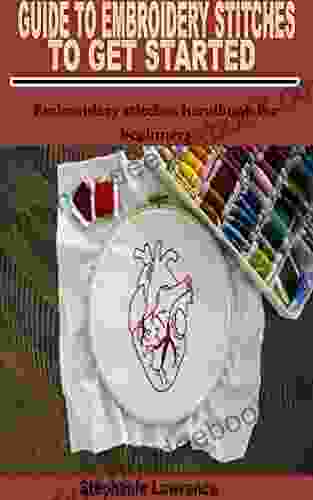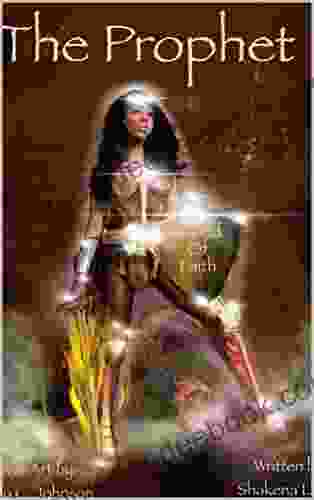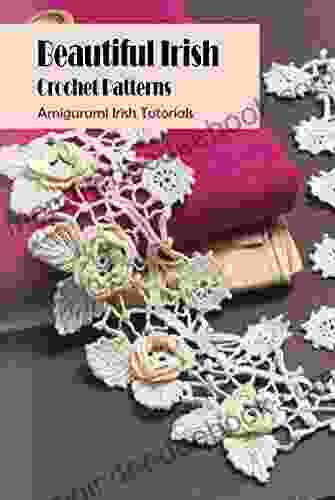Guide to Embroidery Stitches for Beginners: Unlocking the Magic of Needle and Thread

Embroidery, an art form that has captivated hearts for centuries, invites you to weave your creativity into exquisite masterpieces. As a novice embroiderer, mastering the fundamental stitches is the key to unlocking this enchanting world. In this comprehensive guide, we'll delve into the essential stitches that will lay the groundwork for your embroidery journey. With step-by-step instructions and illustrative images, we'll empower you to confidently embark on your creative endeavors.
Before embarking on your embroidery adventure, it's essential to understand the materials that will accompany you on this journey. Fabrics of varying weights and textures provide diverse canvases for your embroidery designs. Choose a fabric that aligns with your project's purpose and desired effect. Similarly, the thread you select plays a crucial role in determining the outcome of your embroidery. Explore different thread weights, materials, and colors to find the perfect match for your vision.
Now, let's dive into the heart of embroidery: the stitches that transform thread into captivating designs. We'll begin with the most fundamental stitches, gradually progressing to more intricate techniques. Each stitch holds its unique charm and purpose, contributing to the overall aesthetic of your embroidery.
4.6 out of 5
| Language | : | English |
| File size | : | 395 KB |
| Text-to-Speech | : | Enabled |
| Screen Reader | : | Supported |
| Enhanced typesetting | : | Enabled |
| Print length | : | 15 pages |
| Lending | : | Enabled |
| Paperback | : | 43 pages |
| Item Weight | : | 4.2 ounces |
| Dimensions | : | 6 x 0.1 x 9 inches |
The running stitch, as its name suggests, creates a continuous line of stitches. It's commonly used for outlining shapes, creating borders, and adding details to your embroidery.
Instructions:
- Bring the needle up through the fabric at point A.
- Insert the needle back into the fabric at point B, a short distance ahead.
- Repeat steps 1-2, creating a continuous line of stitches.
The backstitch is known for its strength and versatility. It's often used for outlines, seams, and adding details to embroidery designs.
Instructions:
- Bring the needle up through the fabric at point A.
- Insert the needle back into the fabric at point B, a short distance behind point A.
- Bring the needle back up through the fabric at point C, directly above point B.
- Repeat steps 1-3, creating a series of overlapping stitches.
The satin stitch creates a smooth, satin-like surface. It's ideal for filling in larger areas of embroidery designs, adding a touch of elegance and depth.
Instructions:
- Bring the needle up through the fabric at point A.
- Insert the needle back into the fabric at point B, close to point A.
- Bring the needle back up through the fabric at point C, directly above point B.
- Repeat steps 1-3, keeping the stitches close together to create a smooth surface.
The French knot adds a touch of texture and dimension to embroidery designs. It's commonly used to create flowers, berries, and other decorative elements.
Instructions:
- Bring the needle up through the fabric at point A.
- Wrap the thread around the needle clockwise twice.
- Insert the needle back into the fabric at point B, close to point A.
- Pull the needle through, bringing the thread through the loop created by the wraps.
- Tighten the knot by pulling on the thread.
The stem stitch is a versatile stitch that creates a graceful, twisted outline. It's commonly used to outline leaves, stems, and other elongated shapes.
Instructions:
- Bring the needle up through the fabric at point A.
- Insert the needle back into the fabric at point B, a short distance आगे.
- Bring the needle back up through the fabric at point C, directly below point B.
- Repeat steps 1-3, keeping the stitches close together to create a twisted outline.
As you progress in your embroidery journey, you may wish to explore more intricate stitches that add depth and character to your designs. Here are a few advanced stitches to consider:
The lazy daisy stitch creates a delicate, flower-like shape. It's commonly used to create bouquets, borders, and other floral designs.
Instructions:
- Bring the needle up through the fabric at point A.
- Insert the needle back into the fabric at point B, a short distance आगे.
- Bring the needle back up through the fabric at point C, directly above point B.
- Insert the needle back into the fabric at point D, a short distance to the left of point C.
- Bring the needle back up through the fabric at point E, directly above point D.
- Pull the thread through to create a loop.
- Insert the needle back into the fabric at point F, directly below point A.
- Bring the needle back up through the fabric at point A, completing the stitch.
The bullion knot adds a touch of texture and dimension to embroidery designs. It's commonly used to create raised dots, berries, and other decorative elements.
Instructions:
- Bring the needle up through the fabric at point A.
- Wrap the thread around the needle clockwise several times.
- Hold the wraps in place with your thumb and forefinger.
- Insert the needle back into the fabric at point B, close to point A.
- Pull the needle through, bringing the thread through the loop created by the wraps.
- Tighten the knot by pulling on the thread.
- Repeat steps 1-6 to create additional wraps, increasing the size of the knot.
The chain stitch creates a delicate, decorative chain-like effect. It's commonly used for outlines, borders, and creating intricate patterns.
Instructions:
- Bring the needle up through the fabric at point A.
- Insert the needle back into the fabric at point B, a short distance आगे.
- Bring the needle back up through the fabric at point C, directly above point B.
- Insert the needle back into the fabric at point D, a short distance to the left of point C.
- Bring the needle back up through the fabric at point E, directly above point D.
- Pull the thread through to create a loop.
- Repeat steps 4-6, creating a series of connected loops.
Mastering embroidery stitches requires patience, practice, and a touch of dedication. Here are a few tips to help you hone your skills:
- Start with simple stitches: Begin with the basic stitches before attempting more complex ones.
- Practice regularly: The more you practice, the more confident and proficient you'll become.
- Use a variety of fabrics and threads: Experiment with different fabrics and threads to discover the effects they create.
- Follow patterns: Patterns provide a structured guide for practicing your stitches.
- Seek guidance: Don't hesitate to seek assistance from tutorials, books, or experienced embroiderers.
Embroidery is an art form that invites you to express your creativity and transform ordinary fabrics into extraordinary works of art. By mastering the fundamental stitches and exploring advanced techniques, you unlock a world of endless possibilities. Embrace the journey of embroidery, practice diligently, and let your imagination soar as you stitch your way to enchanting creations.
4.6 out of 5
| Language | : | English |
| File size | : | 395 KB |
| Text-to-Speech | : | Enabled |
| Screen Reader | : | Supported |
| Enhanced typesetting | : | Enabled |
| Print length | : | 15 pages |
| Lending | : | Enabled |
| Paperback | : | 43 pages |
| Item Weight | : | 4.2 ounces |
| Dimensions | : | 6 x 0.1 x 9 inches |
Do you want to contribute by writing guest posts on this blog?
Please contact us and send us a resume of previous articles that you have written.
 Chapter
Chapter Text
Text Genre
Genre Reader
Reader Paragraph
Paragraph Bookmark
Bookmark Glossary
Glossary Bibliography
Bibliography Foreword
Foreword Annotation
Annotation Footnote
Footnote Scroll
Scroll Codex
Codex Classics
Classics Library card
Library card Narrative
Narrative Biography
Biography Autobiography
Autobiography Reference
Reference Encyclopedia
Encyclopedia Thesaurus
Thesaurus Narrator
Narrator Character
Character Resolution
Resolution Card Catalog
Card Catalog Stacks
Stacks Archives
Archives Study
Study Research
Research Lending
Lending Reserve
Reserve Academic
Academic Journals
Journals Rare Books
Rare Books Interlibrary
Interlibrary Literacy
Literacy Study Group
Study Group Thesis
Thesis Reading List
Reading List Theory
Theory Pietro Bartolo
Pietro Bartolo Pankaj Gupta
Pankaj Gupta Daniel Berenson
Daniel Berenson Tetsuo Yanagi
Tetsuo Yanagi Karim Valji
Karim Valji Alice Curtis
Alice Curtis Romuald Fonkoua
Romuald Fonkoua Hawthorne Classics
Hawthorne Classics Trudy Murphy
Trudy Murphy Meri Henriques Vahl
Meri Henriques Vahl Matt Ziselman
Matt Ziselman Nahoko Uehashi
Nahoko Uehashi Shannon Dudley
Shannon Dudley Juan Felipe Herrera
Juan Felipe Herrera Alfred Fagon
Alfred Fagon Janice Arenofsky
Janice Arenofsky Sir Walter Scott
Sir Walter Scott Alfer Bickman
Alfer Bickman Dwight Olson
Dwight Olson Harper North
Harper North
Light bulbAdvertise smarter! Our strategic ad space ensures maximum exposure. Reserve your spot today!

 Chandler WardCollection from The Vintage Showroom: Pocket Editions – A Literary Journey...
Chandler WardCollection from The Vintage Showroom: Pocket Editions – A Literary Journey... Italo CalvinoFollow ·8.8k
Italo CalvinoFollow ·8.8k Junot DíazFollow ·16.9k
Junot DíazFollow ·16.9k Patrick HayesFollow ·9.7k
Patrick HayesFollow ·9.7k Eli BlairFollow ·18.1k
Eli BlairFollow ·18.1k Nathan ReedFollow ·4.5k
Nathan ReedFollow ·4.5k William FaulknerFollow ·12.2k
William FaulknerFollow ·12.2k Darius CoxFollow ·11.5k
Darius CoxFollow ·11.5k Foster HayesFollow ·6.6k
Foster HayesFollow ·6.6k

 Vernon Blair
Vernon BlairHow to Get a Woman to Pay for You: A Comprehensive Guide...
In the modern dating...

 Levi Powell
Levi PowellPrinciples and Theory for Data Mining and Machine...
Data mining and machine learning are two...
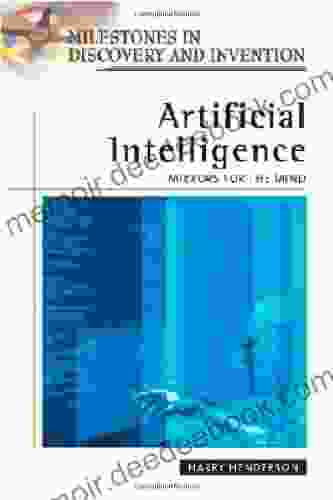
 Andrew Bell
Andrew BellMirrors For The Mind: Milestones In Discovery And...
Mirrors have been a part of human history...
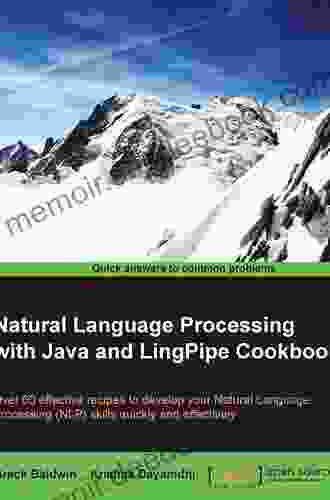
 Alec Hayes
Alec HayesDelving into Natural Language Processing with Java and...
Natural Language Processing (NLP) is an...
4.6 out of 5
| Language | : | English |
| File size | : | 395 KB |
| Text-to-Speech | : | Enabled |
| Screen Reader | : | Supported |
| Enhanced typesetting | : | Enabled |
| Print length | : | 15 pages |
| Lending | : | Enabled |
| Paperback | : | 43 pages |
| Item Weight | : | 4.2 ounces |
| Dimensions | : | 6 x 0.1 x 9 inches |


